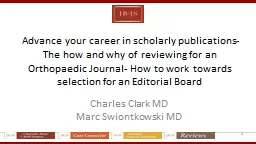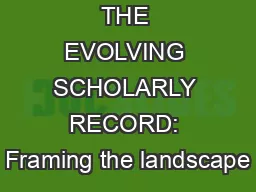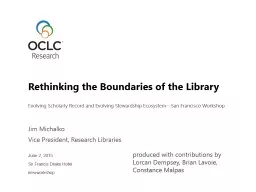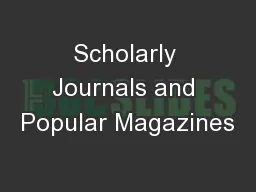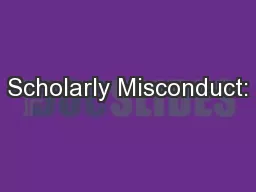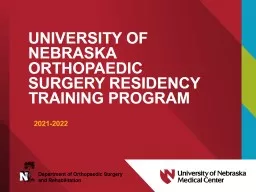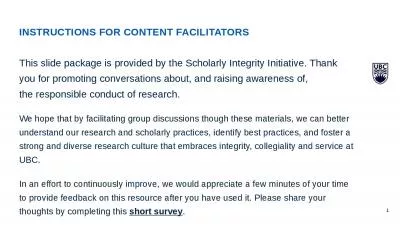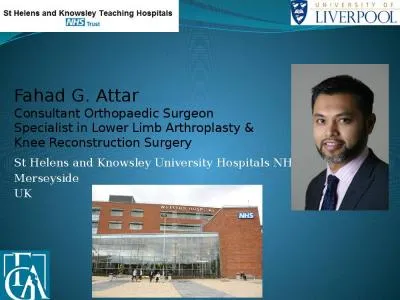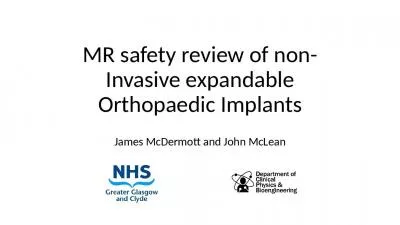PPT-Advance your career in scholarly publications-The how and why of reviewing for an Orthopaedic
Author : goldengirl | Published Date : 2020-08-27
Charles Clark MD Marc Swiontkowski MD 1 JBJS Editor Chair DSMB METRC Consortium Royalties Lippincott Acknowledgement Vernon Tolo MD Disclosure Increased Publication
Presentation Embed Code
Download Presentation
Download Presentation The PPT/PDF document "Advance your career in scholarly publica..." is the property of its rightful owner. Permission is granted to download and print the materials on this website for personal, non-commercial use only, and to display it on your personal computer provided you do not modify the materials and that you retain all copyright notices contained in the materials. By downloading content from our website, you accept the terms of this agreement.
Advance your career in scholarly publications-The how and why of reviewing for an Orthopaedic: Transcript
Download Rules Of Document
"Advance your career in scholarly publications-The how and why of reviewing for an Orthopaedic"The content belongs to its owner. You may download and print it for personal use, without modification, and keep all copyright notices. By downloading, you agree to these terms.
Related Documents

